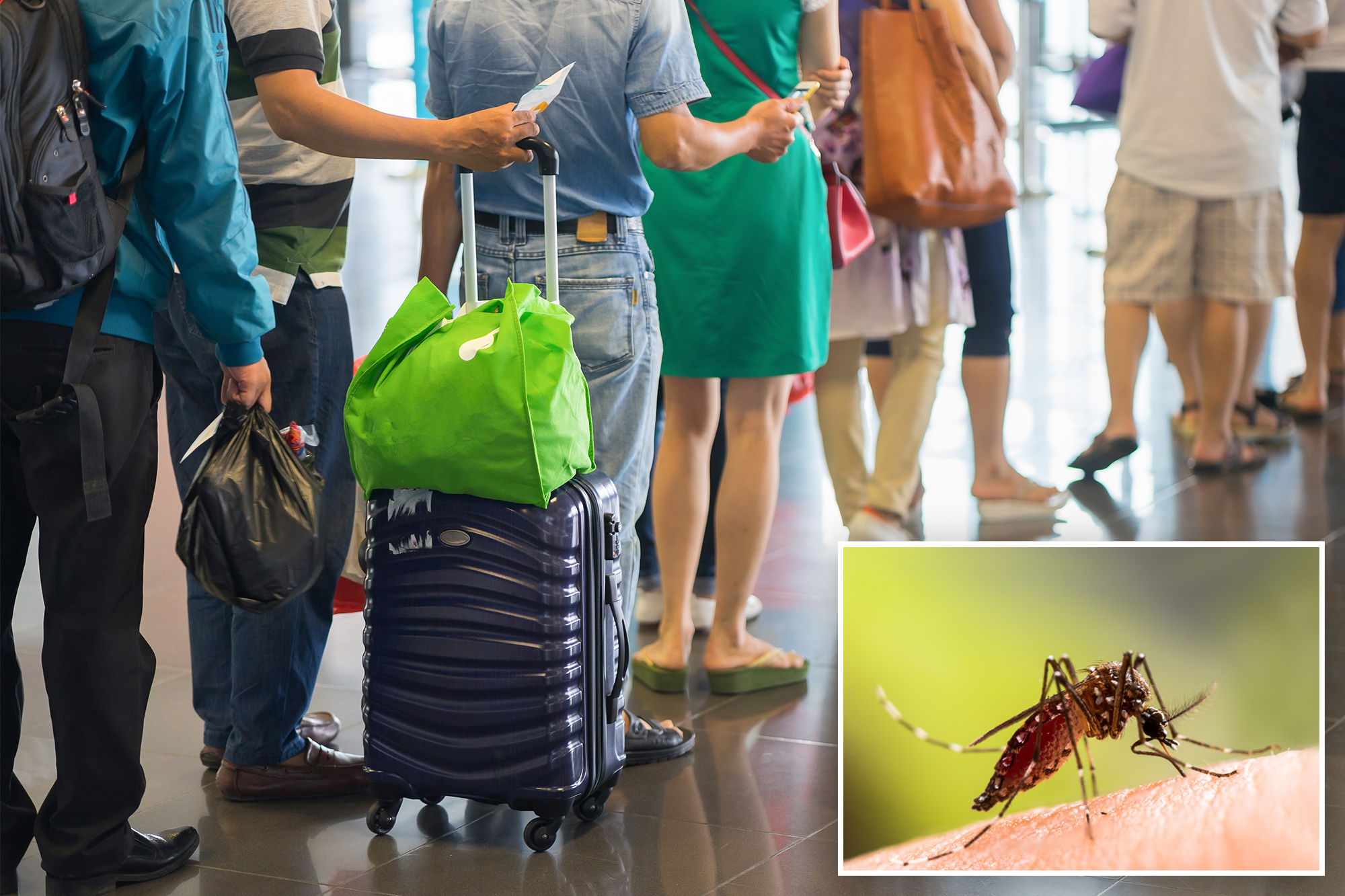
A startling new study reveals an increase in reports of airport and baggage malaria in Europe in recent years.
An international team of researchers identified 145 cases between 2018 and 2022 — 105 were classified as airport malaria, 32 as baggage malaria, and for eight cases, investigators did not distinguish between the two types.
More than a third of cases reported since 2000 occurred between 2018 and 2022, with a peak in 2019, according to findings published last week in the journal Eurosurveillance.
Also known as Odyssean malaria, a nod to the suffering traveler of Greek myth, baggage or airport malaria refers to an infection caused by someone who has not recently traveled to a malaria-endemic country or region. The person is instead infected by a mosquito transported in luggage, aircraft or parcels.
Most of the airport malaria cases in the new research were reported in France (52), Belgium (19) and Germany (nine). Patients often worked near or lived near an international airport, with men disproportionately affected.
Cases of luggage malaria are rarer – only 32 were recorded during the five-year study period.
Twenty-three cases were reported in France and three each were recorded in Italy and Germany. Nine case reports referred to a specific airport, with Paris Charles de Gaulle Airport being the most frequently mentioned.
Of 133 cases with a known outcome, 124 patients recovered and nine died. Patients were most often in their late 30s when they were infected. Those who died were usually in their late 50s.
To address the increase in cases, the researchers recommend that airlines follow the World Health Organization’s disinfestation procedures, which advise spraying pesticides in passenger cabins, including toilet areas and in the cargo area.
Experts also urge doctors to consider malaria as a cause when treating cases of unexplained fever in patients without a travel history that proves the infection.
Malaria is commonly found in tropical climates and large areas of Africa, Asia, Central and South America, and parts of the Middle East.
Malaria kills more than 400,000 people each year – mostly children under 5 and pregnant women.
The disease is usually transmitted through the bite of an infected female Anopheles mosquito.
Last year, authorities reported that malaria had spread from mosquitoes to humans in the US for the first time in two decades.
Malaria symptoms include fever, shivering, chills, headache, muscle aches, nausea, vomiting, diarrhea and exhaustion.
Malaria can be treated effectively when diagnosed early. If the disease is not treated immediately, it can lead to jaundice, anemia, kidney failure, seizures, mental confusion, coma and death.
#Malaria #cases #airport #luggage #rise #study
Image Source : nypost.com